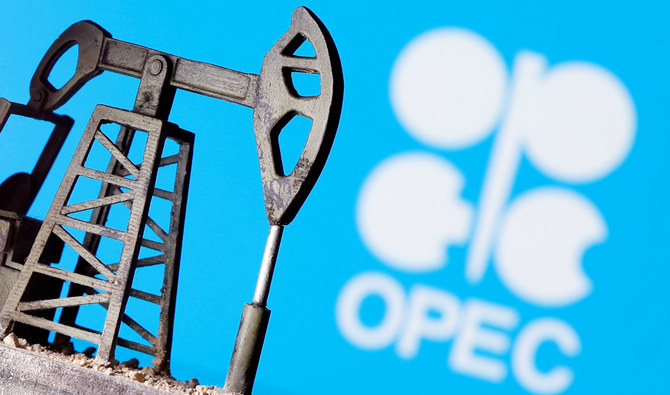
- ARAB NEWS
- 20 Apr 2024

Liquefied natural gas (LNG) is used for generating electricity, especially during periods of high demand for heating and cooling.
LNG is now also emerging as a cost-competitive and cleaner transport fuel, for shipping as well as heavy-duty roadtransport.
The LNG market was imploding before the arrival of the coronavirus pandemic because of supply side pressures as the glut in global supply started to build at the start of the year even before oil faced its own crisis.
Two years of warmer-than-expected winters had weakened demand for LNG for home heating and power generation. This resulted in high inventories during a season when they are usually drained. The spread of COVID-19 worsened this trend and presented the LNG industry with a demand shock like no other in its history.
Today we see many LNG cargoes from the US that have been canceled by buyers from Europe and Asia, and remain unsold.
These factors have created severe challenges in the LNG market, though the prospects for a revival in gas demand are better than for oil and, if sold at the right price, could help drive dirty fuel such as coal out of the energy mix.
Japan is the world’s largest importer of liquefied natural gas (LNG), followed by China. However, LNG demand in both these consuming nations has plummeted since the end of 2019, causing global storage to fill and extending the glut from Asia to Europe.
The gas glut reached unprecedented levels after Australia flooded the market when it became the largest LNG exporter in the world, shipping an estimated 77.5 million tons in 2019.
Australia is now on track to consistently export more LNG than Qatar.
Unlike the oil sector, the world’s leading gas exporters are producing at will without a collaborative organization that effectively organizes production in line with global supply and demand. There is the Gas Exporting Countries Forum (GECF) that was established in 2001, but this is not aimed at the stability of the gas market as such.
Still, members of this group control more than 70 percent of the world’s natural gas reserves, 46 percent of its marketed production, 55 percent of pipelines and 61 percent of LNG exports globally.
As inventories build and energy markets are reshaped, now could be the time for gas to follow the OPEC model.
Faisal Faeq is an energy and oil marketing adviser. He was formerly with OPEC and Saudi Aramco. Twitter:@faisalfaeq